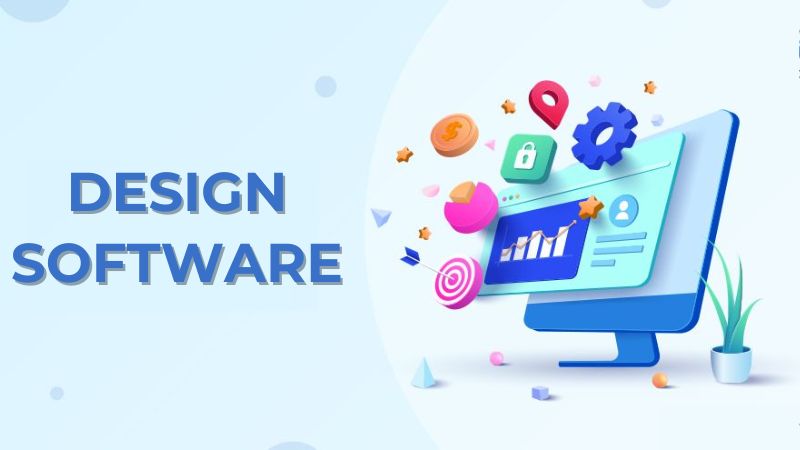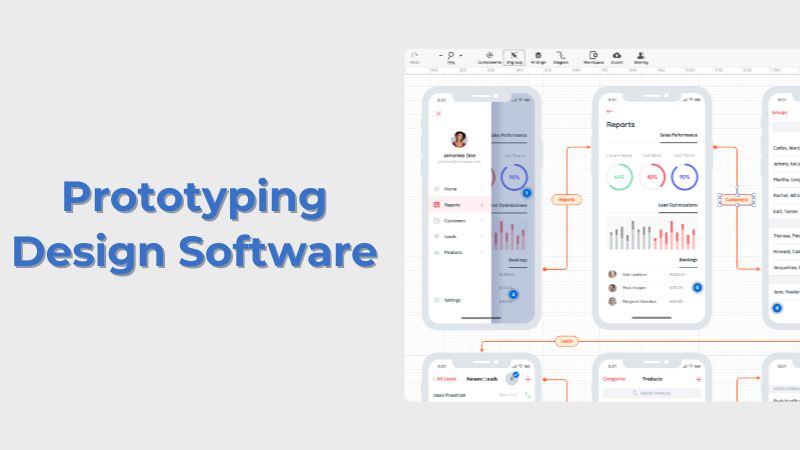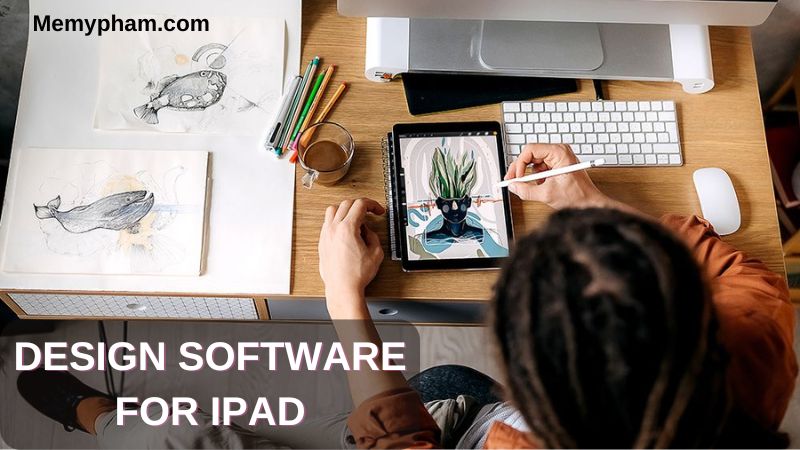In today’s digital age, the iPad has emerged as a powerful tool for creatives, offering a plethora of design software for iPad tailored to various needs. Whether you’re a professional designer or an aspiring artist, harnessing the capabilities of design software for iPad can unlock a world of creative possibilities. In this guide, Memypham will explore the intricacies of designing software for iPad and highlight some of the top options available in the market.
Design Software for iPad:
Design software for iPad encompasses a wide range of applications, each serving a unique purpose and catering to different aspects of the design process. From digital painting and illustration to graphic design and vector manipulation, these software offerings empower users to bring their creative visions to life on the iPad’s intuitive touchscreen interface.
-
Define Your Objectives:

Before delving into the realm of design software for iPad, it’s crucial to define your objectives. What specific tasks do you aim to accomplish with the software? Are you looking to create intricate illustrations, design captivating user interfaces, or edit stunning photographs? Clarifying your objectives will guide your selection process and ensure that you choose the most suitable software for your needs.
-
Research Your Target Audience:
Understanding your target audience is paramount in designing software for iPad. Whether you’re catering to professional designers, amateur artists, or hobbyists, gaining insights into their preferences, skill levels, and workflow requirements is essential. Conduct thorough research to identify the pain points and challenges faced by your target audience, allowing you to tailor your software to address their needs effectively.
-
Choose Development Tools:
Selecting the right development tools lays the foundation for creating high-quality design software for iPad. Apple’s official development platform, Xcode, coupled with the Swift programming language, provides a robust framework for building seamless and feature-rich applications. Leveraging these tools empowers developers to harness the full potential of the iPad’s hardware and software ecosystem, ensuring optimal performance and user experience.
-
User Interface (UI) Design:
The user interface plays a pivotal role in the success of design software for iPad. Following Apple’s Human Interface Guidelines (HIG) for iOS apps is crucial in crafting an intuitive and visually appealing interface that resonates with users. Embrace touch-centric design principles, optimize for various screen sizes, and prioritize simplicity and ease of use to enhance the overall user experience.
-
Prototyping:
Prototyping is an indispensable step in the design process, allowing developers to iterate on their ideas and gather valuable feedback from users. Utilize prototyping tools such as Adobe XD, Sketch, or Figma to create interactive mockups of your software, enabling stakeholders to visualize the user flow and functionality before diving into development.

-
Development:
With the design and prototyping phase complete, it’s time to embark on the development journey. Leverage the chosen development tools and languages to translate your design concepts into fully functional software for iPad. Implement features and functionalities meticulously, adhering to best practices and coding standards to ensure a seamless and bug-free user experience.
-
Testing:
Thorough testing is imperative to validate the performance and reliability of design software for iPad. Conduct comprehensive testing across different iPad devices, screen orientations, and operating system versions to identify and rectify any compatibility issues or bugs. Prioritize user feedback and conduct usability testing to fine-tune the interface and address usability concerns.
-
Optimization:
Optimizing design software for iPad involves optimizing performance, battery life, and resource utilization. Pay close attention to factors such as memory management, CPU usage, and energy efficiency to deliver a smooth and responsive user experience. Strive for optimal performance without compromising on functionality or visual fidelity.
-
User Feedback:
Gathering user feedback is instrumental in refining and improving design software for iPad. Engage with beta testers, early adopters, and user communities to solicit feedback, suggestions, and feature requests. Embrace a user-centric approach, iteratively incorporating user feedback into future updates and iterations of your software.
-
Release:
Upon completion of development and testing, prepare to release your design software for iPad to the world. Submit your application to the App Store for review and approval, ensuring compliance with Apple’s guidelines and policies. Leverage App Store Optimization (ASO) strategies to enhance discoverability and attract users to your software.

-
Maintenance and Updates:
The journey doesn’t end with the initial release of your design software for iPad; it’s an ongoing process of maintenance and updates. Continuously monitor user feedback, address bug reports, and roll out periodic updates to introduce new features, enhancements, and optimizations. Stay abreast of evolving technologies and user expectations, ensuring that your software remains relevant and competitive in the ever-changing landscape of design tools for iPad.
Summary
In conclusion, designing software for iPad presents a unique set of challenges and opportunities for developers and designers alike. By following a systematic approach and embracing user-centric design principles, you can create compelling and impactful software that resonates with users and unlocks their creative potential. Whether you’re sketching concepts, crafting illustrations, or designing interfaces, the iPad serves as a versatile canvas for bringing your ideas to fruition with the aid of sophisticated design software tailored to its capabilities.
